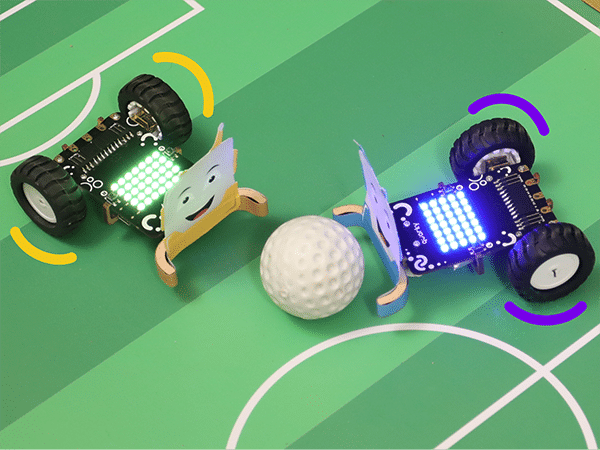
Class 12 – Coding, AI and Robotics Curriculum
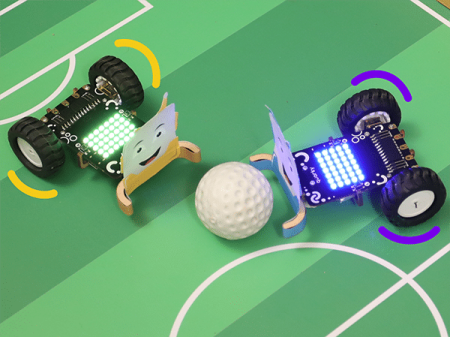
Introduction
Certified AI curriculum is aligned with international boards like CBSE / IB / IGCSE / ICSE / CSTA / CIE and specifically designed grade-wise AI syllabus for students of grade 12 to introduce them to technological activities in Artificial Intelligence, Robotics, Coding, and much more.
- Prerequisites: None
- Kits Required: AI & Robotics Lab, or AI Classroom Bundle
- Programming Software: PictoBlox (Block Coding)
Learning Outcomes
After completing this curriculum, students will have a basic understanding of robotics, coding, and artificial intelligence with the help of a wide variety of projects in python.
Apart from the aforementioned learning outcomes, this curriculum will also help them develop important skills such as problem-solving and debugging techniques, critical thinking, logical reasoning, and creativity.
Curriculum Lesson Plan
Module 1: Artificial Intelligence
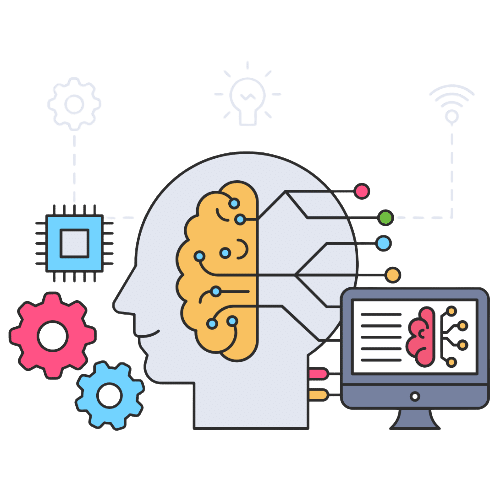
Lesson 1: Introduction to Artificial Intelligence
- Objective: Learn about the concept of Artificial Intelligence and different concepts of AI, and where AI is used in real world.
- Activity 1: This activity teaches how AI is impacting our lives, how does it help in smart cities and what will be the future of AI.
- Mode: Practical (Coding Basics)

Lesson 2: Introduction to Python
- Objective: Learn about the need for programming. What is PictoBlox and how do you make projects in Python?
- Activity 1: Thia activity teaches to use the PictoBlox code editor to write code in Python that will make an animated character (Tobi) introduce itself.
- Mode: Practical (Coding Basics)

Lesson 3: Data Identification
- Objective: Learn about what Data Recognition is Explore how Data Identification works.
- Activity 1: This activity teaches how different types of data are handled and used in practical Machine Learning scenarios.
- Mode: Practical (Coding Basics)
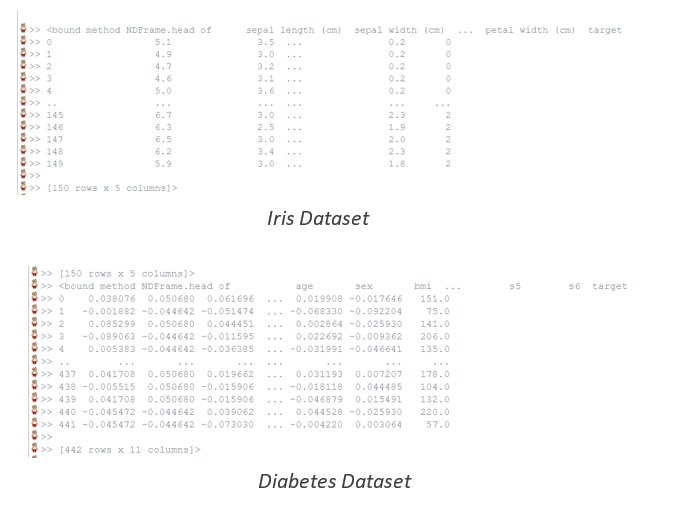
Lesson 4: Data Acquisition
- Objective: Learn about how Data Acquisition affects Machine Learning. Learn about various Data Acquisition techniques. Practically acquire Data.
- Activity 1: Thia activity teaches Data Acquisition, and why it is a crucial part of the process of Machine Learning.
- Mode: Practical (Coding Basics)

Lesson 5: Modelling Approach
- Objective: Learn about the steps of the AI Modelling. Understanding the use of Rule Based Learning and Neural Networks.
- Activity 1: This activity teaches about Rule-Based and Learning Based AI Approaches, Supervised, Unsupervised, and Reinforcement Learning Models, and Neural Networks in the class.
- Mode: Practical (Coding Basics)
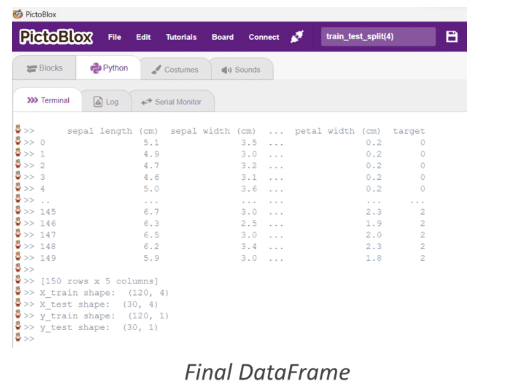
Lesson 6: Model Validation -Part 1
- Objective: Learn about the model validation techniques. Understand and explain the train-test-split in detail.
- Activity 1: Thia activity teaches how to work on the activity train-test-split implementation for your own models.
- Mode: Practical (Coding Basics)
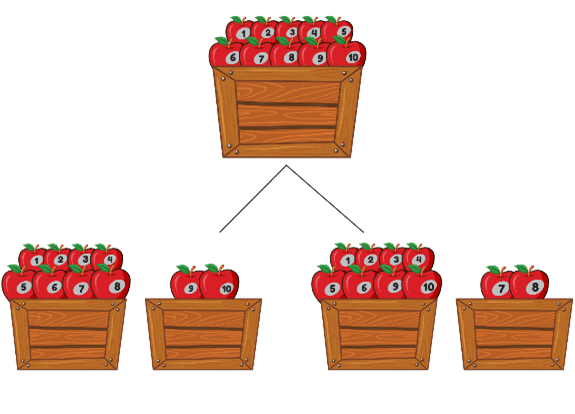
Lesson 7: Model Validation -Part 2
- Objective: Learn about the applications of Cross-validation,
- Activity 1: This activity teaches how to incorporate Cross-validation Machine Learning.
- Mode: Practical (Coding Basics)

Lesson 8: Model Validation -Part 3
- Objective: Learn about the basic procedure of K-fold Cross-Validation.
- Activity 1: This activity teaches how to use K-Fold Cross-Validation in Machine Learning.
- Mode: Practical (Coding Basics)

Lesson 9: Model Evaluation- Part 1
- Objective: Learn about Evaluation Metrics. Be able to Use Evaluation Metrics in Machine Learning.
- Activity 1: This activity teaches about model evaluation techniques and understand important terms like Precision, Recall, Accuracy, and F1-score along with implementing each one of them.
- Mode: Practical (Coding Basics)

Lesson 10: Model Evaluation- Part 2
- Objective: Learn about the metrics used in evaluating regression models.
- Activity 1: Thia activity teaches to use regression evaluation metrics in Machine Learning.
- Mode: Practical (Coding Basics)
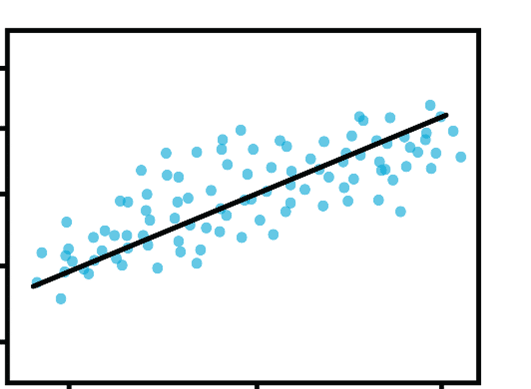
Lesson 11: Introduction to Machine Learning Algorithm -Part 1
- Objective: Learn about important Machine Learning algorithms. Get a basic idea of possible applications of Machine Learning.
- Activity 1: This activity teaches an overview of Machine Learning Algorithms and understand their importance and use cases in the current world.
- Mode: Practical (Coding Basics)

Lesson 12: Introduction to Machine Learning Algorithm -Part 2
- Objective: Learn aboutbasic understanding of Decision Trees and Random Forest Models. Be able to utilize the models for ML tasks.
- Activity 1: This activity teaches about commonly used Decision Tree and Random Forest Machine Learning models.
- Mode: Practical (Coding Basics)

Lesson 13: Introduction to Machine Learning Algorithm -Part 3
- Objective: Learn about understanding of KNN and the steps involved and Know how to use KNN in Machine Learning.
- Activity 1: This activity teaches about K Nearest Neighbor Classification Model. They will understand how the model works and will also implement it in the Python Interface of the Pictoblox Software.
- Mode: Practical (Coding Basics)
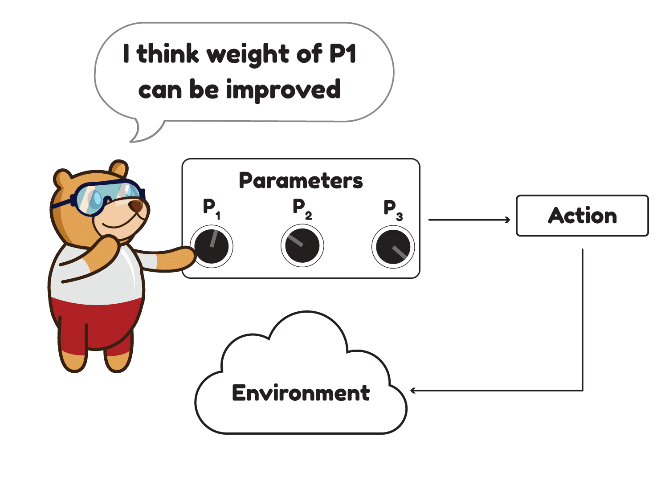
Lesson 14: Hyperparameter Manipulation
- Objective: Learn about how hyperparameters affect ML Models. Be able to tweak hyperparameters in the ML Environment.
- Activity 1: This activity teaches about Hyperparameters and what role they play in the model accuracy and predictions. The same will also be applied in the ML Environment of the Pictoblox software.
- Mode: Practical (Coding Basics)
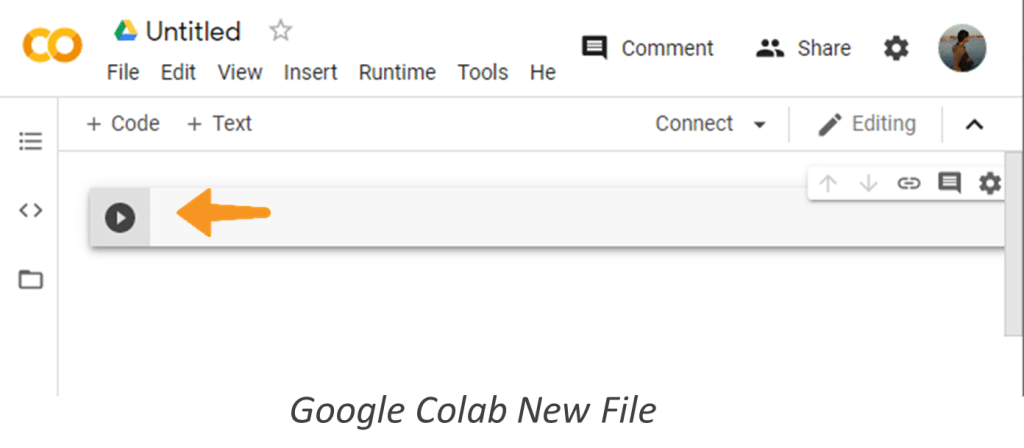
Lesson 15: Machine Learning in Jupyter Notebooks
- Objective: Learn about Google Colab Notebooks. Understand the Anaconda(Conda) Environment.
- Activity 1: This activity teaches how to how to use the conda environment and Notebooks to create a simple ML Classification Model.
- Mode: Practical (Coding Basics)
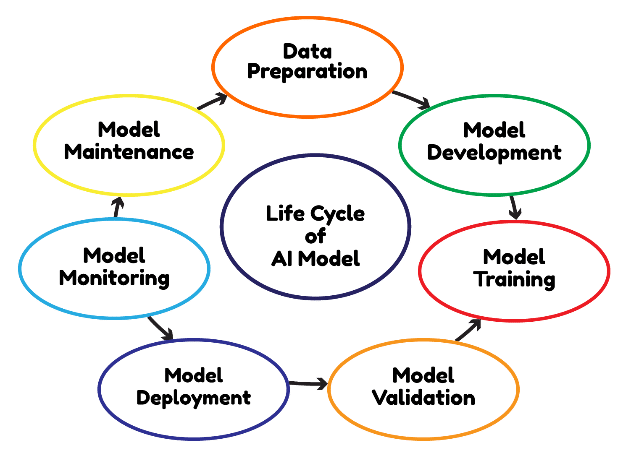
Lesson 16: Life Cycle of AI Model
- Objective: Learn about basic understanding of an AI Model’s life cycle. Understand the steps of the AI project cycle.
- Activity 1: Thia activity teaches about the AI project cycle and how to make effective Machine Learning models.
- Mode: Practical (Coding Basics)

Lesson 17: Life Cycle of AI Model- Regression
- Objective: Learn about correlation to drop irrelevant columns in PictoBlox.
- Activity 1: This activity teaches how to create a regression model on c02emission and evaluate its performance—differentiating between perfect and imperfect models and testing the model.
- Mode: Practical (Coding Basics)
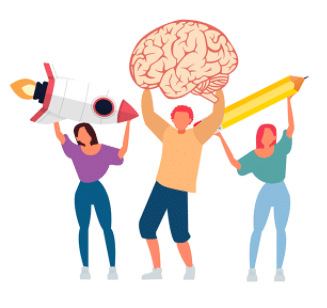
Lesson 18: Life Cycle of AI Model- Regression Evaluation
- Objective: Learn about the regression model. Understand how to tune hyperparameters in PictoBlox and train a regression model.
- Activity 1: This activity teaches how to train the model, tune hyperparameters in PictoBlox, and train a regression model.
- Mode: Practical (Coding Basics)
Module 2: Robotics

Lesson 19: Wirelessly Controlled Robot
- Objective: Learn about the basic understanding of Quarky and its capabilities. Be able to use Quarky and PictoBlox together to create projects.
- Activity 1: This activity teaches to create a controlling robot‘s movements using functions.
- Mode: Practical (Coding Basics)

Lesson 20: Robotic Motion
- Objective: Learn about Quarky’s various movement patterns. Demonstrate robot movement in a square. Demonstrate robot movement in a circle.
- Activity 1: Thia activity teaches how to make a square and a circle with the robot (Quarky) by adjusting the time and speed of the motors.
- Mode: Practical (Coding Basics)

Lesson 21: Gesture Controlled Robot Model Creation
- Objective: Learn about the working of the Hand Gesture Classifier.
- Activity 1: This activity teaches how The Hand Gesture Classifier of the PictoBlox Machine Learning Environment is used for classifying different hand poses into different classes.
- Mode: Practical (Coding Basics)

Lesson 22: Gesture Controlled Robot
- Objective: Learn about a code to program a gesture-controlled robot using PictoBlox.
- Activity 1: Thia activity teaches how robots move in different directions and how to control robots with Gesture.
- Mode: Practical (Coding Basics)

Lesson 23: Gripper Robot Assembly and Control
- Objective: Learn about assemble the gripper robot. Be able to control the gripper robot using PictoBlox.
- Activity 1: This activity teaches the open and close mechanism in Gripper Robot. We will write a code to open and close the gripper.
- Mode: Practical (Coding Basics)

Lesson 24: Gripper Robot Programming
- Objective: Learn about Design and program the Gripper robot to their movements.
- Activity 1: Thia activity teaches how to make a script to make the robot move and control the gripper.
- Mode: Practical (Coding Basics)
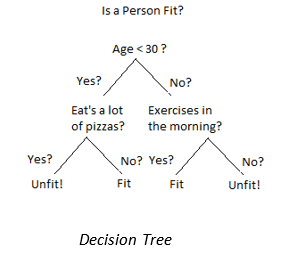
Lesson 25: Decision Tree vs Random Forest
- Objective: Learn about basic understanding of the Decision Tree and Random Forest algorithms. Understand the basic differences between the two.
- Activity 1: This activity teaches about the structural differences between Decision Trees and Random Forests, as well as when to use each model.
- Mode: Practical (Coding Basics)

Lesson 26: Model Comparison – Part 1
- Objective: Learn about evaluation metrics. Be able to make a basic Decision Tree Model.
- Activity 1: This activity teaches how to create a basic Decision Tree model using Python Interface of the Pictoblox Software.
- Mode: Practical (Coding Basics)

Lesson 27: Model Comparison – Part 2
- Objective: Learn about Random Forest’s applications. Be able to create a basic Random Forest Model.
- Activity 1: This activity teaches how to create a basic Random Forest model using Python Interface of the Pictoblox Software.
- Mode: Practical (Coding Basics)
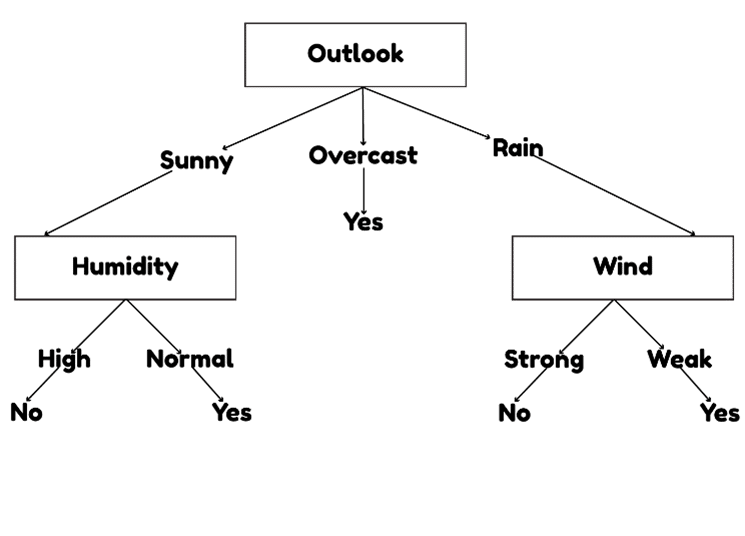
Lesson 28: Model Comparison – Part 3
- Objective: Learn about the fundamental differences between Decision Trees and Random Forest. Gain a working understanding of ensemble models and how Random Forest deals with data.
- Activity 1: Thia activity teaches how the specifics about Decision Tree and Random Forest and understand the use cases in which they both thrive.
- Mode: Practical (Coding Basics)
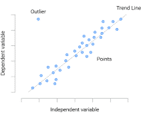
Lesson 29: Relevant Data Representation -Part 1
- Objective: Learn about eliminate a column. Be able to use Correlations in PictoBlox.
- Activity 1: This activity teaches about correlation and their impact on models by finding correlation graphs using matplotlib and finding correlation matrices using seaborn.
- Mode: Practical (Coding Basics)
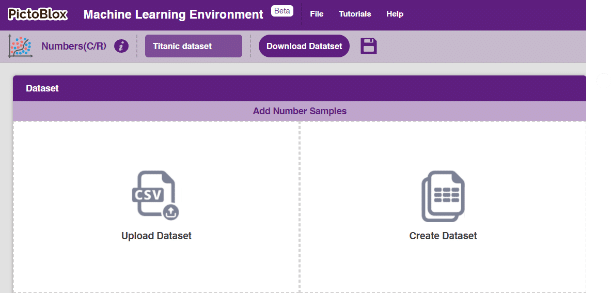
Lesson 30: Relevant Data Representation -Part 2
- Objective: Learn about the logic behind correlations. Be able to drop columns using correlation in PictoBlox.
- Activity 1: Thia activity teaches the implications of dropping columns, and how they affect model complexity and accuracy in certain situations.
- Mode: Practical (Coding Basics)
How to execute this curriculum?
If you are a school, activity center, or institution looking to implement the coding, Artificial Intelligence, and Robotics curriculum, you are then at the right place. STEMpedia provides the right ecosystem to implement it.
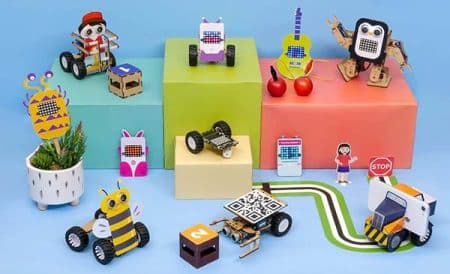
AI & Robotics Lab and Classroom Bundles
Equip your school with a Next-Gen AI laboratory along with the best AI-learning kits Quarky, DIY kits like Mars Rover and Humanoid, consumables, and hands-on projects and activities making your students AI learning journey superfun!
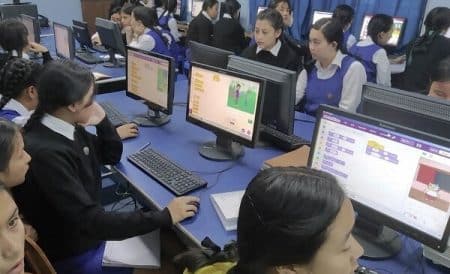
Coding and AI Platform
Get unlimited access to AI-ML projects like face detection, object classification, machine learning models, self-driving car, and speech recognition with PictoBlox – programming software for schools with Block & Python coding environment! Avail of premium features like bulk account creation and assignment submission with AI Lab.

Teacher Development Programs
For delivering Artificial Intelligence and Machine Learning education to students, our master AI trainers will train and upskill the computer science teachers, STEM faculty, and school IT staff. We provide dedicated live training sessions and curated short courses for teachers.

Structured Curriculum & Resources
Certified AI curriculum is aligned with international boards like CBSE/IB/IGCSE/ICSE/CSTA/CIE and specifically designed grade-wise AI syllabus for students of grades 3rd to 12th to introduce them to technological activities in Artificial Intelligence, Robotics, Coding, and much more.
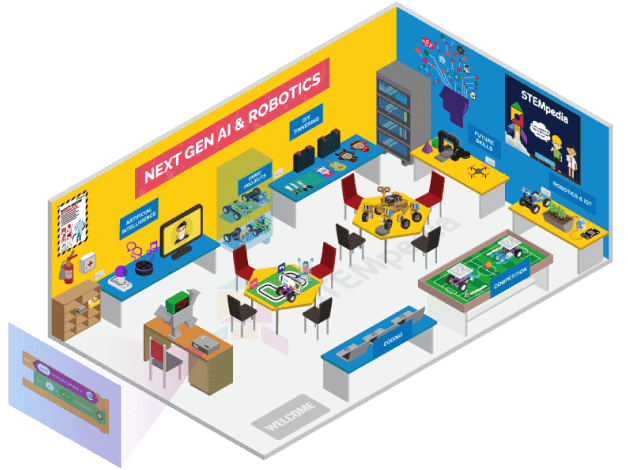
AI and Robotics Lab
Cubicle of knowledge offering AI & Robotics education with a comprehensive curriculum, interactive robots, hands-on projects, and real-life applications!
Contact Us
Implement this curriculum at your School / Activity Center!
Explore Other AI & Robotics Class-wise Curriculum





